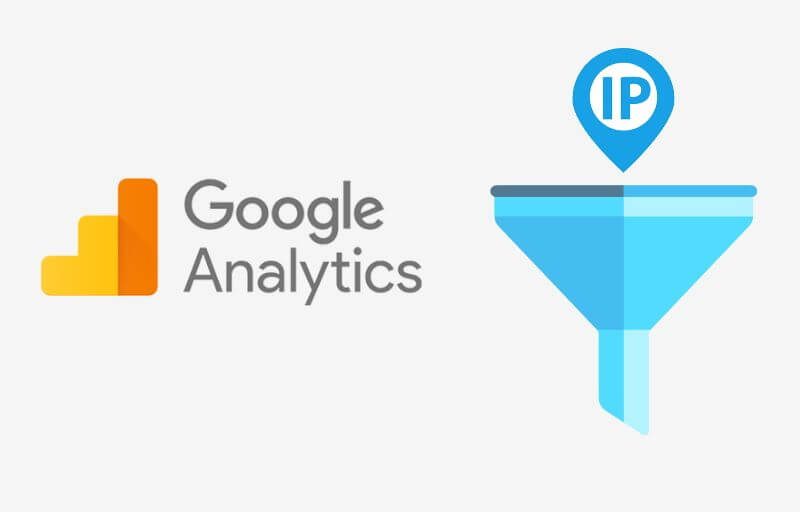

Google analytics
Google Analytics is a service that Google offers to track web traffic. Because, Good analytics was launched in November 2005, and Google owns it.
Google Analytics is used to analyze statistics and essential analytical tools for SEO and marketing purposes. And it is free for everyone to use, but an individual can buy the premium packages of monthly charges for its advanced features.
Google Analytics is helpful for an individual to identify the trends and patterns of how visitors are engaging on the website. For most site owners. Hence, it is a powerful and complex tool as it takes time to understand the concept of google analytics.
In this article, we will talk about how to use google analytics like a pro and google filters. Therefore, most importantly and now we will talk about how to create a Google Analytics account.
Table of Contents
Step 1: You need to sign in to your analytics account.
Step 2: Tap on the tap “Admin. Click on the button “create account” from the menu bar.
Step 3: Select the application you want to use, either website or mobile application. Enter the name you want to keep for your account; use a descriptive name so that people can easily understand what this account is for.
Step 4: Enter the name of the website and the app name under setting up your property.
Step 5: Enter the website URL. Hence, You cannot create a property if your URL isn’t in a proper format.
Step 6: Select an industry category.
Step 7: Choose the appropriate reporting time zone. Hence, click the data sharing section, and many more settings as per your preference.
Step 8: Click on the “Get tracking ID” button to get the tracking link.
These are generally used to track the submissions and other actions that send users to thank you. Google Analytics helps you count the number of visits to a thank you page. Therefore, it will give you several stops on the website.
Google Analytics filters are used by views to segment the data into smaller groups. These filters are for only specific sunsets of traffic or search and replace certain pieces of information. Therefore, Filters are to arrange the filters perfectly.
Filters can be created either in the account or the view level. The best practice is to complete all the filters in the account to assign them to different views.
You can create your reports for yourself or key decision-makers within your organization. You need the Google Analytics account,
To use the Google Analytics account,
An individual can easily think and set it,
You can add several dimensions and metrics by clicking the ‘dimensions and metrics.’ Other than this, there are some filters you can do that require using some of the other directives.
Google Analytics account helps you create custom dimensions and metrics, whereas you track the membership of an individual who has made the account in the custom dimensions and metrics.
It is helpful to run a blog if you want to understand how audience engagement impacts other metrics, and you can create three custom dimensions for each one,
Google analytics comes with a built-in audience. The tracking code installed will automatically break down the visitor data into these audience reports.
Google analytics segment is the subset of the data of an individual.
Google Analytics reports show the six reporting options, and clicking on any gives you more options.Therefore, It shows the real-time acquisition, audience, behaviour, and consultation.
Real-time users give you a report showing what is happening on your website. It enables an individual to have a complete record of visitors on social media platforms.
You are now ready to track on Google Analytics. Hence, Google Analytics is a valuable tool for the business as it gives us actual data you apply to grow your business.
Google Analytics is the service that Google has offered. Hence, it has been available for everyone to use since November 2005. Google Analytics is to measure the number of visitors on the website. To use a google analytics filter, one should have a Google Analytics account, and it enables an individual to select all the filters as per their preference. Hence, Dimensions and metrics are the sources that will allow an individual to measure the number of visitors on the website and many more things.
Among many students, are you also dreaming of studying in your favorite destination, America? Many… Read More
The last few years have caused a dramatic shift in the procurement landscape as organizations… Read More
Creating an attractive, professional website doesn't have to break the bank. With strategic use of… Read More
In today's rapidly evolving digital landscape, businesses must adapt to remain competitive. Digital transformation consulting… Read More
Introduction In today’s fast-paced digital world, businesses and developers require efficient solutions to build mobile… Read More
Introduction Customer Relationship Management (CRM) software plays a crucial role in managing interactions with customers… Read More